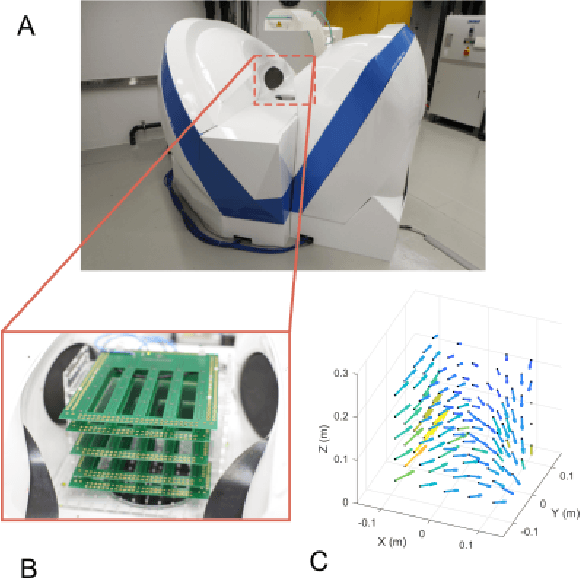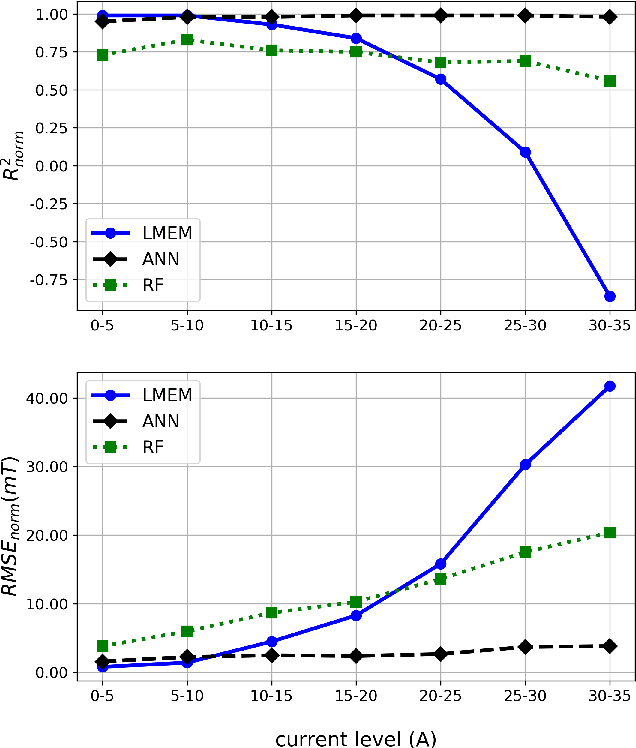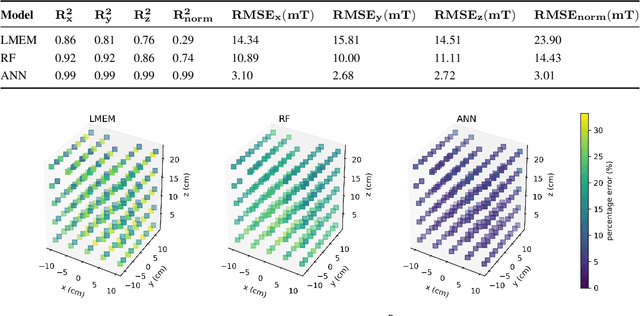Ruoxi Yu
Context-Adaptive Synthesis and Compression for Enhanced Retrieval-Augmented Generation in Complex Domains
Aug 26, 2025Abstract:Large Language Models (LLMs) excel in language tasks but are prone to hallucinations and outdated knowledge. Retrieval-Augmented Generation (RAG) mitigates these by grounding LLMs in external knowledge. However, in complex domains involving multiple, lengthy, or conflicting documents, traditional RAG suffers from information overload and inefficient synthesis, leading to inaccurate and untrustworthy answers. To address this, we propose CASC (Context-Adaptive Synthesis and Compression), a novel framework that intelligently processes retrieved contexts. CASC introduces a Context Analyzer & Synthesizer (CAS) module, powered by a fine-tuned smaller LLM, which performs key information extraction, cross-document consistency checking and conflict resolution, and question-oriented structured synthesis. This process transforms raw, scattered information into a highly condensed, structured, and semantically rich context, significantly reducing the token count and cognitive load for the final Reader LLM. We evaluate CASC on SciDocs-QA, a new challenging multi-document question answering dataset designed for complex scientific domains with inherent redundancies and conflicts. Our extensive experiments demonstrate that CASC consistently outperforms strong baselines.
How Transformers Implement Induction Heads: Approximation and Optimization Analysis
Oct 15, 2024
Abstract:Transformers have demonstrated exceptional in-context learning capabilities, yet the theoretical understanding of the underlying mechanisms remain limited. A recent work (Elhage et al., 2021) identified a "rich" in-context mechanism known as induction head, contrasting with "lazy" $n$-gram models that overlook long-range dependencies. In this work, we provide both approximation and optimization analyses of how transformers implement induction heads. In the approximation analysis, we formalize both standard and generalized induction head mechanisms, and examine how transformers can efficiently implement them, with an emphasis on the distinct role of each transformer submodule. For the optimization analysis, we study the training dynamics on a synthetic mixed target, composed of a 4-gram and an in-context 2-gram component. This setting enables us to precisely characterize the entire training process and uncover an {\em abrupt transition} from lazy (4-gram) to rich (induction head) mechanisms as training progresses.
Modeling Electromagnetic Navigation Systems for Medical Applications using Random Forests and Artificial Neural Networks
Sep 26, 2019



Abstract:Electromagnetic Navigation Systems (eMNS) can be used to control a variety of multiscale devices within the human body for remote surgery. Accurate modeling of the magnetic fields generated by the electromagnets of an eMNS is crucial for the precise control of these devices. Existing methods assume a linear behavior of these systems, leading to significant modeling errors within nonlinear regions exhibited at higher magnetic fields. In this paper, we use a random forest (RF) and an artificial neural network (ANN) to model the nonlinear behavior of the magnetic fields generated by an eMNS. Both machine learning methods outperformed the state-of-the-art linear multipole electromagnet method (LMEM). The RF and the ANN model reduced the root mean squared error of the LMEM when predicting the field magnitude by around 40% and 80%, respectively, over the entire current range of the eMNS. At high current regions, especially between 30 and 35 A, the field-magnitude RMSE improvement of the ANN model over the LMEM was over 35 mT. This study demonstrates the feasibility of using machine learning methods to model an eMNS for medical applications, and its ability to account for complex nonlinear behavior at high currents. The use of machine learning thus shows promise for improving surgical procedures that use magnetic navigation.
 Add to Chrome
Add to Chrome Add to Firefox
Add to Firefox Add to Edge
Add to Edge